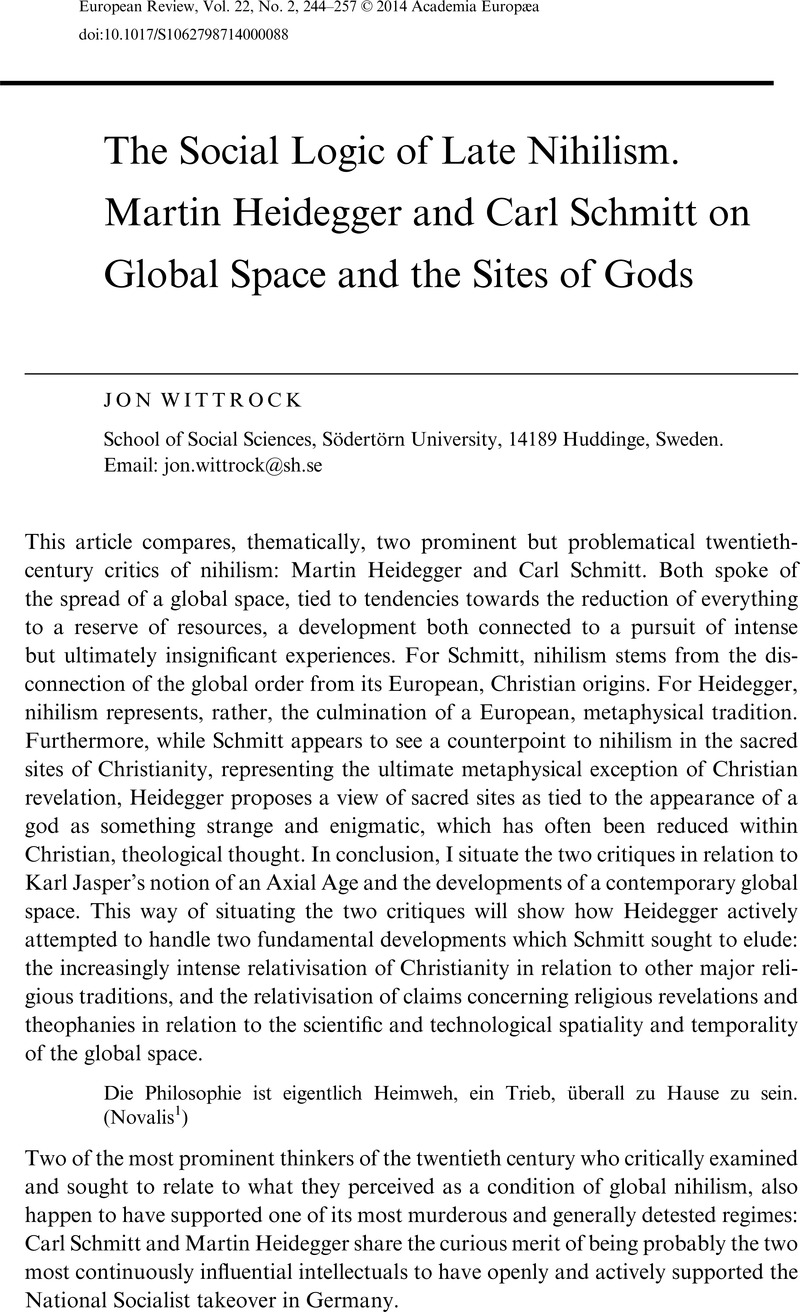Crossref Citations
This article has been cited by the following publications. This list is generated based on data provided by Crossref.
Sarraf, Matthew Alexandar
Woodley of Menie, Michael Anthony
and
Feltham, Colin
2019.
Modernity and Cultural Decline.
p.
101.





